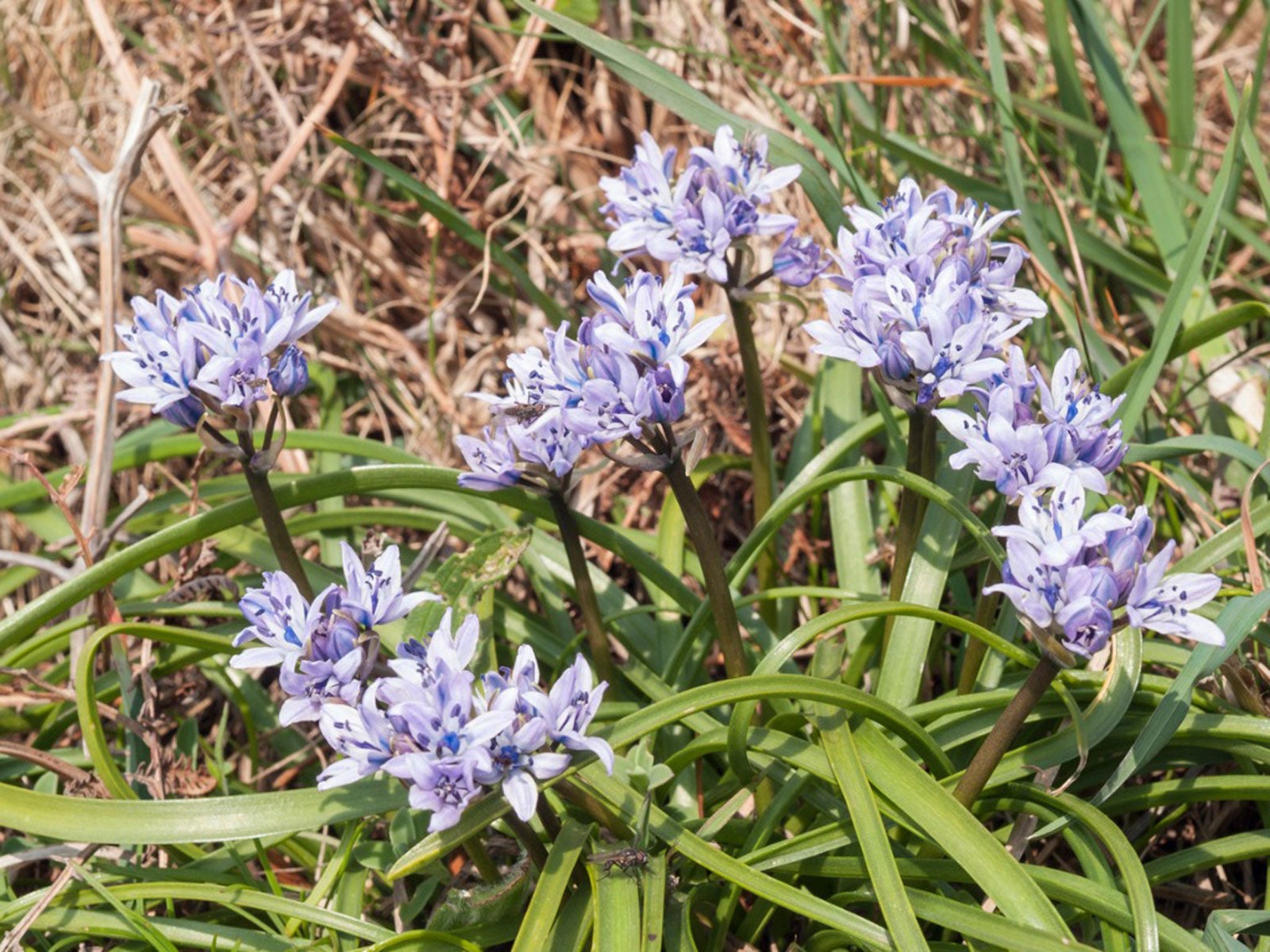Spring Squill Planting Tips: Growing Spring Squill Flowers


The name may be weird but the squill flower is lovely. The spring squill flower is in the asparagus family and grows from a bulb. What is spring squill? Spring squill bulbs can be found wild on the coasts of Britain, Wales, and Ireland. The population is declining so it may be hard to find these pretty blooms, but you may be able to get bulbs or seeds to grow the flower in your garden.
What is Spring Squill?
Spring blooms are simply magical, as they signal an end to winter and the start of the long, languorous days of summer. In coastal parts of Europe, the lucky hiker or beach goer may see the spring squill flower. This delicate blue bloom peeks out among seaside grasses. Its habitat is threatened, so populations are getting scarcer, but the dedicated beach comber can still find the plants in naturalized masses.
As the name might suggest, squill blooms in spring. The leaves are strappy and clustered in a tuft that splays out from the center of the plant. The flowers are light bluish lavender, with six starry petals and pronounced stamens with darker tips. Each flower stem may have several blooms. Surrounding the bloom are darker blue bracts.
Although a perennial, the leaves will die back in winter and re-sprout in early spring. Spring squill bulbs are used as decor but be wary of their extreme toxicity.
Growing a Spring Squill Flower
The plants produce seeds whose seedlings can take many seasons to mature and bloom. In fact, it can take two to five years from seed to get flowers. A quicker way to get blooms is to find bulbs for sale, but these seem to be in short supply after a quick look.
If you already have the plants, you can divide off the offsets for more squill, however, do not harvest bulbs from the wild.
The spring squill thrives in semi-fertile, often sandy, well-draining soils in full to partial sun. They hide among native grasses, so it is important to make sure the soil remains cool. The plants have no specific pH preference.
Sign up for the Gardening Know How newsletter today and receive a free copy of our e-book "How to Grow Delicious Tomatoes".
Spring Squill Planting
Since these take a long time from seed, it is best to start them in frames indoors. Plant the seeds 3 inches (10 cm.) deep in pre-moistened potting soil. Alternatively, you can sow seeds outside in a prepared bed in late summer or early fall.
Germination takes place in cooler temperatures so keep indoor flats in an unheated basement or attic. When plants are 2 inches (5 cm.) tall, move them to larger containers to grow on.
Harden them off when ready to plant outdoors and move them to prepared beds. Surround the root zone with mulch to keep soil cool and conserve moisture.

Bonnie Grant is a professional landscaper with a Certification in Urban Gardening. She has been gardening and writing for 15 years. A former professional chef, she has a passion for edible landscaping.